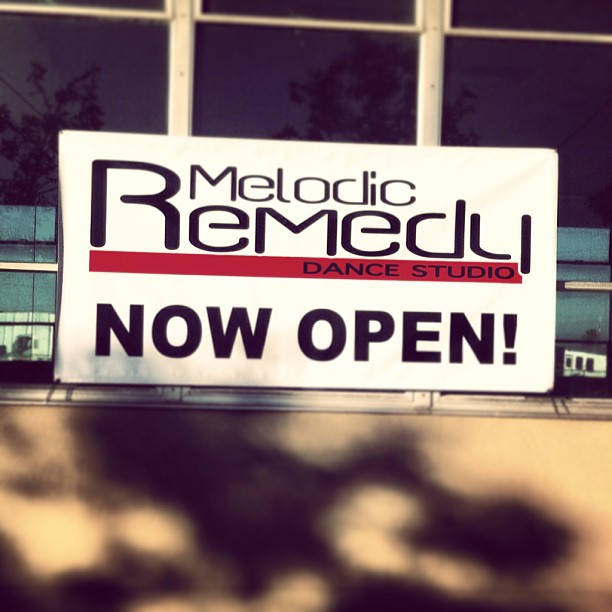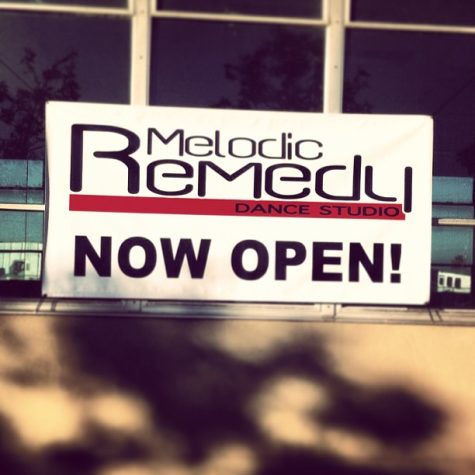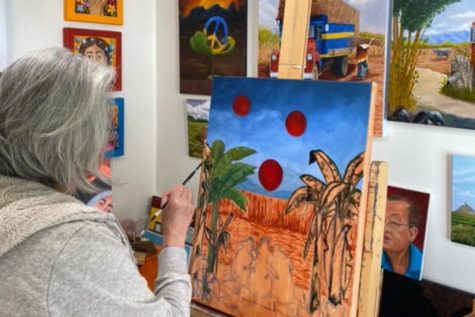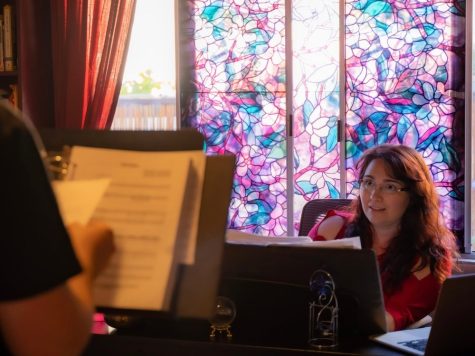Kim Harvath, dance studio founder and director
After two years of planning and work, in August of 2013, Kim and Jen Harvath opened their own dance studio, Melodic Remedy.
Kim Harvath started dancing in 1994 and hasn’t stopped since.
“I danced all the way through high school and started teaching when I was 15. I continued teaching when I opened the studio,” Harvath said, referring to the Melodic Remedy Dance Studio she opened with her sister 10 years ago.
Harvath was part of the Woodside High School’s original dance team in high school and was hired as the coach after graduation.
“I was running a dance program there, which gave me the confidence that I could run my own school,” she said.
Creating the business was roughly a two-year process. To get started, Harvath left her job at her former dance studio, and she and her sister began looking for a space.
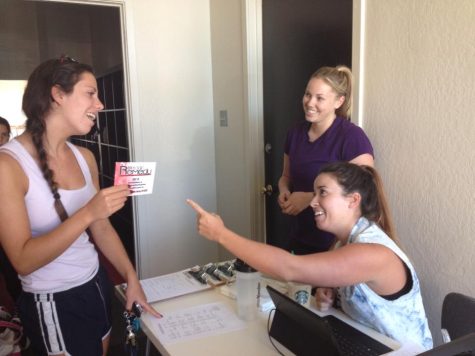
“We didn’t find any space until a year and a half into the planning pr,ocess and then finding a name was another eight months. We had to use Google to see if the name already existed for dance school because we definitely didn’t want to share names with any other businesses,” Harvath said.
Opening a new business has its risks, but Harvath felt confident.
“We opened with zero clients, but I had a reputation in the area from having taught at a previous dance school and then having my Woodside High School connections. So we grew pretty quickly,” Harvath said.
After about 10 months of being open, Melodic Remedy had its first-ever June show.
“That’s where we could really see what we had created and experience the rewarding feeling of seeing everything we’d done on stage. That’s really why I created the studio,” Harvath said.
One of the many obstacles to overcome was the competitors.
“I was only 27 years old when we opened the school. There were a lot of other dance schools in the area that were not thrilled with our opening, so I had to deal with a lot of rumors and other competitors talking negatively about the business even though they didn’t know me or the business,” Harvath said.
It was also difficult economically.
“When you don’t have clients, you don’t have an income, so paying rent on a large facility can be stressful,” Harvath said. “So financially, it was a little scary in the first couple of years.”
As the studio became more popular, the logistics of running the businesses became more difficult, and 2020 brought more difficulties.
“The pandemic hit in our seventh year, and we lost around a third of our business. It’s taken us three years to get almost back to where we were during the shutdown, but we’re very close,” Harvath said. “It’s definitely harder to run the business than before. There are more clients, more work, more costumes, more routines, more classes, more employees – just a much bigger program to keep track of.”
During the pandemic, Harvath found that providing many options was the key to keeping enrollment up.
“We tried to offer a little bit of everything so that those who wanted to stay home were able to take only Zoom classes. For students who wanted to come in person but didn’t feel comfortable coming inside, we had outdoor classes. For people who did feel okay coming in, we offered indoor,” Harvath said. “So at one point, we had Zoom, outdoor classes, and indoor cl,asses which was to offer something for everybody.”
As other dance schools shut down, Melodic Remedy benefited by gaining more clients.
Harvath not only loves to share her passion for dance with others but also to inspire students and see their development and growing confidence.
“When students go off to college or get into dance programs elsewhere, it feels like a pat on the back for me and my staff because we’re creating an environment where students can grow and enjoy dance,” Harvath said. “I would say that’s the most rewarding, to see what our students do after going through our program.”
She encourages those who want to go into dance as a career.
“Take the risk. Even if you don’t think you’re going to get the job or if you think everyone is better,” Harvath said. “Go for it because you never know; as far as dance goes, it’s an art form. It’s subjective, so everybody’s looking for something different when it comes to hiring dancers.”
Harvath warns that owning a dance studio is about both the art and the business.
“I think a lot of dancers who want to own a dance school want to do it because they love to dance, but owning a dance school has nothing to do with dance. It’s all business. The only part of it that has to do with dance is if you’re teaching. But the planning process, the bookkeeping, the hiring, and payroll, all that has nothing to do with dance,” Harvath said.
Harvath reflected on how far she and her sister have come.
“I’m 10 years in, and it’s been a great ride so far. I’m excited to see what the studio looks like in another 10 years. Hopefully, it’s still around,” Harvath said. “I created a studio that I wish I had growing up with lots of options and lots of teachers from different backgrounds. That’s what I set out to do, and I accomplished it.”

